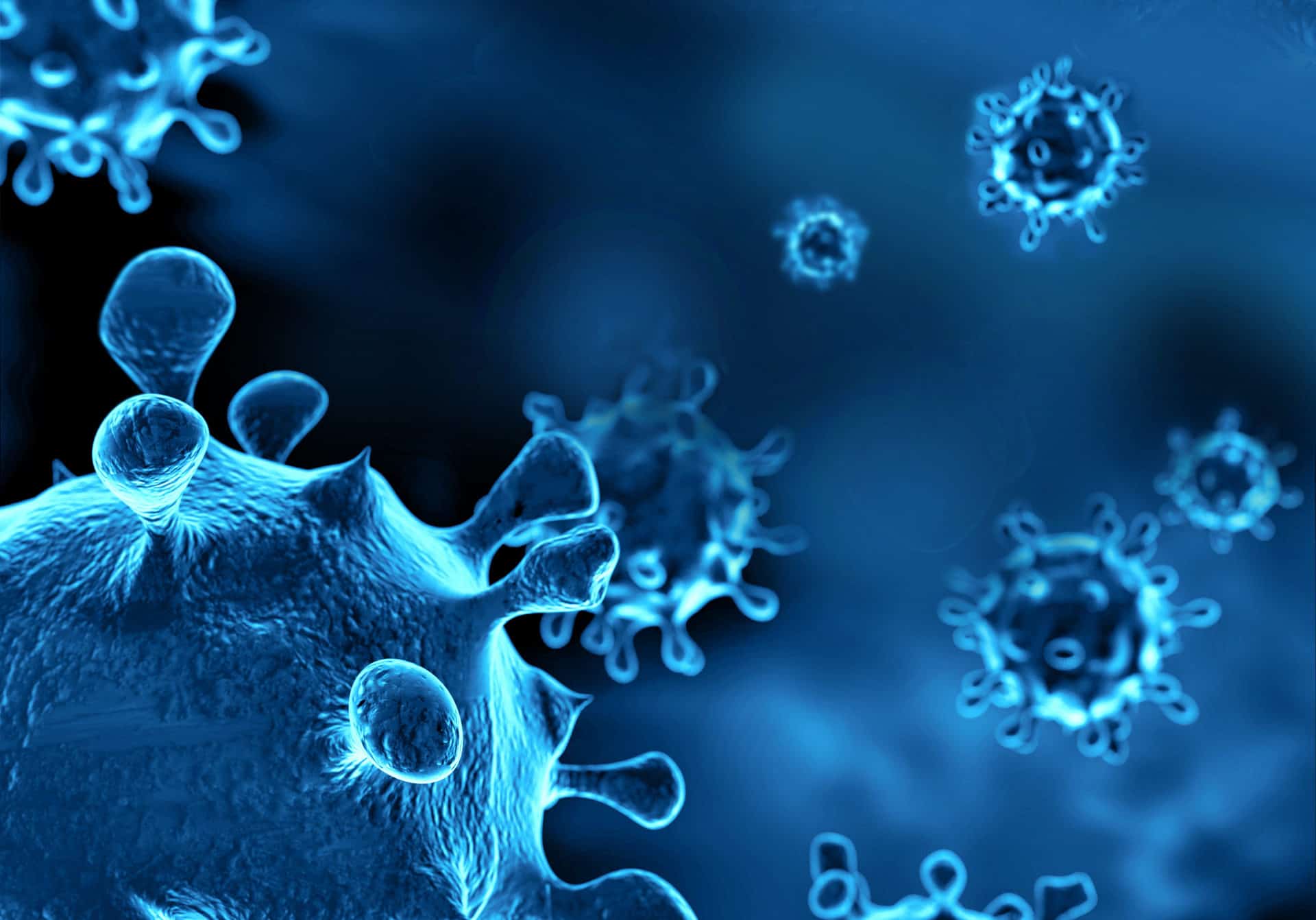Autoimmune Diseases of the Liver and Kidneys
In Part 1 we looked in-depth at how Systemic lupus erythematosus (SLE) and Sjogren’s Syndrome. Now we will take a look at autoimmune diseases of the liver and kidneys.
A diagnosis – at last! You may be feeling relieved, disappointed, or devastated. BUT at least you’ve got the answer for your symptoms. However, an autoimmune disease that affects your liver or kidneys can have wide-ranging effects on your health. Your kidneys and liver are responsible for how well your body gets rid of toxins, waste products of cellular metabolism, and manages fluids and electrolytes to name a few important functions. When inflammation occurs in these organs, it can lead to serious consequences.
What Is Autoimmune Hepatitis?
You’ve likely heard of hepatitis B and C which are infectious diseases and totally different from autoimmune hepatitis. The word hepatitis refers to inflammation of the liver. Autoimmune hepatitis is where your own immune system causes inflammation and attacks healthy tissues on a cellular level. Half of the time Type 1 autoimmune hepatitis is found in patients who already have another autoimmune disease, such as rheumatoid arthritis, ulcerative colitis, thyroiditis, or celiac disease for example.
Symptoms of autoimmune hepatitis can vary, and in the beginning, it may be asymptomatic. However, it would be wise to consult a doctor if you experience any of the following:
- Jaundice- a yellowing of the whites of the eyes or skin
- Fatigue
- Abdominal discomfort- especially in the right upper quadrant
- Joint pain and muscle aches
- Rashes
- Spider veins
- Edema in the ankles or feet or around the abdomen (ascites)
Autoimmune hepatitis is a chronic disease so it’s important that you seek medical advice and a formal diagnosis, as reduced liver function can have dire results long-term.
How Is Autoimmune Hepatitis Diagnosed?
Your doctor may want to rule out other diseases of the liver before diagnosing autoimmune hepatitis. So there isn’t a singular autoimmune hepatitis test – there are several tests needed to narrow it down.
Autoimmune hepatitis diagnosis includes a number of steps:
- Physical exam – there are physical signs your doctor can look for before ordering tests:
- Jaundice – yellowing of the whites of your eyes or your skin
- Skin rash or spider veins
- An enlarged liver or sometimes spleen
- A swollen or tender abdomen
- Edema (swelling in your lower legs, ankles or feet)
- Blood tests – the following tests are useful in diagnosing autoimmune hepatitis:
- Elevated Liver Enzymes such as Alanine transaminase (ALT), Aspartate transaminase (AST), Alkaline Phosphatase.
- Other tests that look at liver function like bilirubin may be elevated, and albumin and total protein levels may be low.
- Low platelet count.
- Anti-smooth muscle antibody (ASMA) and antinuclear antibody (ANA) – your doctor uses these results to track the progression of the disease.
- Imaging tests – Your doctor may need to take a look at your liver:
- Ultrasound – the most common imaging test done first, ultrasound can show if your liver is enlarged, or looks abnormal in shape or texture.
- Computed tomography (CT) scan – gives a more detailed view of your liver and spleen and can tell if you have cirrhosis (a scarred and damaged liver).
- Magnetic resonance imaging (MRI) – the most detailed scan, can check the size and shape of your liver and whether there is any scarring.
- Biopsy – A liver biopsy may be necessary to measure the degree of cirrhosis and specifically check for autoimmune hepatitis.
Any inflammation of the liver has to be checked out by a doctor, as, in its most severe form, it can be life-threatening.
What Is Primary Sclerosing Cholangitis?
Primary sclerosing cholangitis (PSC) occurs when your immune system attacks your bile ducts, causing scarring. Your bile ducts are responsible for transporting bile from your liver to your small intestine – important for both nutrient absorption and the removal of certain waste products. When the scarring in your bile ducts build up, it makes them hard and narrow, gradually blocking them over time. The result is a liver that can’t discharge bile properly. PSC has also been linked with inflammatory bowel disease.
Early primary sclerosing cholangitis symptoms are fatigue and unexplained itching. As the disease progresses, more symptoms appear:
- Jaundice
- Fever
- Abdomen pain in the upper right quadrant
- Weight loss
- Night sweats
- Chills
- Vomiting
It’s crucial to seek out a formal diagnosis so that medical professionals can monitor the progression of this disease.
How Is Primary Sclerosing Cholangitis Diagnosed?
Because the symptoms of this disease are not specific to PSC, it’s vital that your doctor orders a number of tests.
Diagnosis of PSC includes a number of steps:
- Physical exam – your doctor can check for physical signs such as:
- Jaundice – yellowing of the whites of your eyes or your skin
- Enlarged liver or spleen
- Tender abdomen
- Blood tests – your doctor can order blood tests to look for abnormal levels of:
- Alanine transaminase (ALT), aspartate transaminase (AST), alkaline phosphatase (ALP) – all liver enzymes
- Bilirubin – a waste product of the liver
- Total protein – of the blood
- White blood cell (WBC)
- Antinuclear antibody (ANA) and other immune system cells
- Imaging tests – to check the status of your liver
- Ultrasound – shows if your liver is enlarged or looking abnormal.
- Computed tomography (CT) scan – For a far more detailed view of your liver and other abdominal organs.
- Magnetic resonance imaging (MRI) – the most detailed scan for looking at the liver.
- Magnetic resonance cholangiopancreatography (MRCP) – a more specialized MRI that allows a closer look at the bile and pancreatic ducts.
- Percutaneous transhepatic cholangiography (PTC) – an x-ray using a special dye to show the narrowing or blockage of bile ducts in more detail.
- Transient elastography – a type of ultrasound that allows doctors to see how stiff your liver has become.
- Endoscopic retrograde cholangiopancreatography (ERCP) – a more invasive procedure that is usually used in tandem with treatment.
- Biopsy – A liver biopsy may be needed to confirm the diagnosis of primary sclerosing cholangitis.
What Is Glomerulonephritis?
Glomerulonephritis is a group of diseases of the kidney where inflammation develops in your glomeruli. The glomeruli are responsible for filtering your blood, and inflammation causes them to move protein and blood into your urine.
There are several types of glomerulonephritis, often classified by cause. It can develop as a result of another autoimmune disease such as diabetes or lupus and infections. IgA Nephropathy (Berger’s disease) is a type of glomerulonephritis where the IgA antibody builds up in your kidneys, creating a cycle of inflammation and loss of glomeruli function.
Symptoms of glomerulonephritis include:
- Darker urine – often looks like cola or tea in color
- Foamy urine
- Edema – swelling caused by fluid retention in your hands, feet, abdomen, or face.
Diagnosis of glomerulonephritis may involve:
- Physical exam – Your doctor can check your blood pressure as hypertension is a symptom of glomerulonephritis.
- Urine test – checking for high levels of the following:
- Red blood cells
- White blood cells
- Protein
- Blood test – checking for high levels of waste products that build up when your kidney function starts to decrease such as:
- Creatinine
- Blood Urea Nitrogen
- Other blood tests – such as checking inflammatory markers like C-reactive protein (CRP) and erythrocyte sedimentation rate (ESR).
- Imaging tests – allows your doctor to look at your kidneys to check for damage:
- X-ray – a way of checking the size and shape of the kidneys
- Ultrasound – assesses the size and shape of your kidneys and evaluates the blood flow to them.
- Computed tomography (CT) scan – Provides a detailed look at the kidneys.
- Biopsy – Helps determine the cause of glomerulonephritis, and confirms the diagnosis
Chronic glomerulonephritis can result in irreversible kidney damage so it’s important to get a diagnosis early. You may need to reduce your intake of protein, salt and potassium in your diet– but your doctor will discuss this with you in more depth.
How Can Functional Medicine Help Me Manage My Autoimmune Disease?
Functional medicine focuses on resolving the underlying cause of your disease – not just the symptoms. Inflammation is the crucial puzzle piece that needs to be treated before you begin a true recovery from autoimmune disease.
A functional medicine doctor can work with you to plan an individual treatment, tailor made to you. By making key changes to eating, exercise and sleeping habits – and managing your stress and digestive health – decreasing toxins — you will have the tools to improve your health and feel more like your old self. You have nothing to lose.
We can help you in tackling the underlying causes of autoimmune hepatitis or other autoimmune disease. NAC is a great way to increase your body’s antioxidant status and ability to detoxify that is liver and kidney friendly. Curcumin can also be helpful in supporting the immune system. If you’re interested in checking out functional medicine in the Phoenix, Scottsdale, Paradise Valley, Arizona area, call to book an appointment at 602 892-4727 or fill out our contact form. If you’re not local to us, why not try 7 Weeks to Your Healthiest Self – our masterclass that provides you with the lifestyle change benefits of functional medicine – from the comfort and privacy of your own home.









